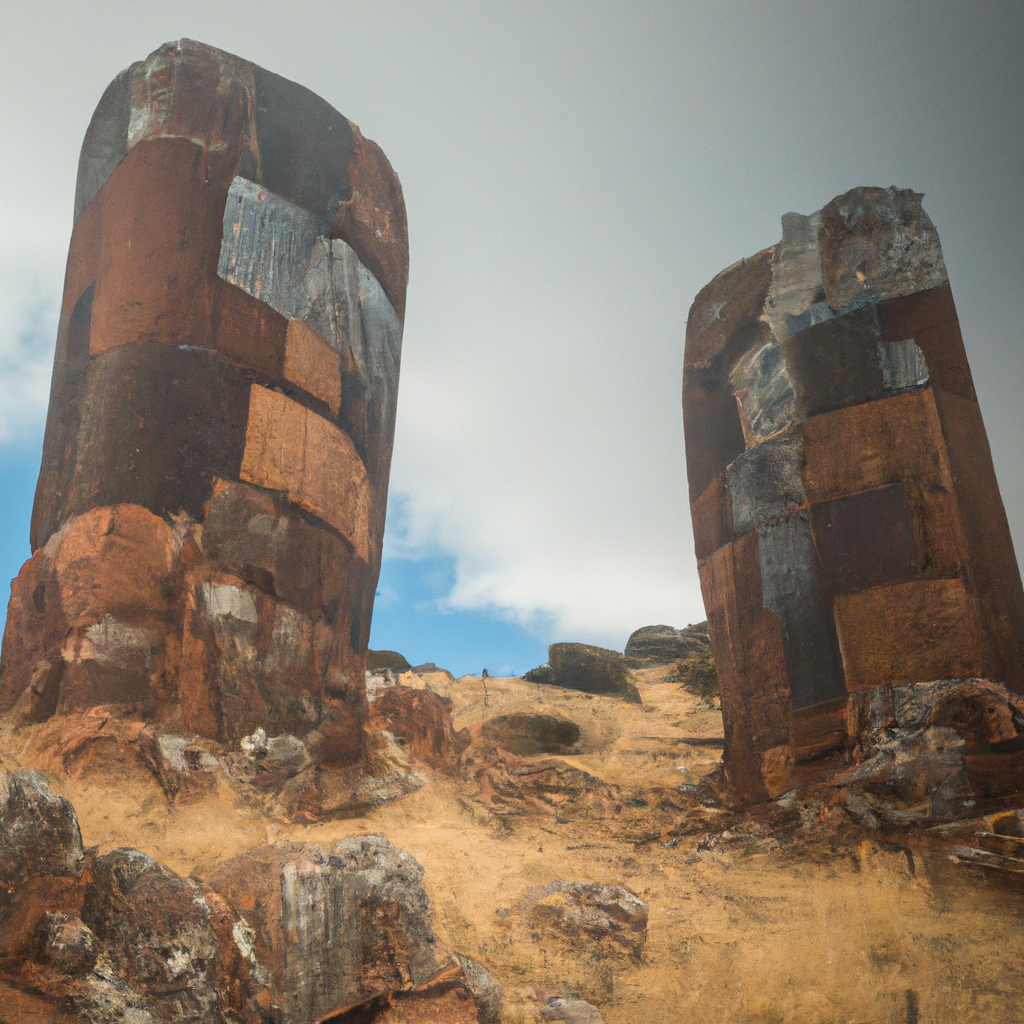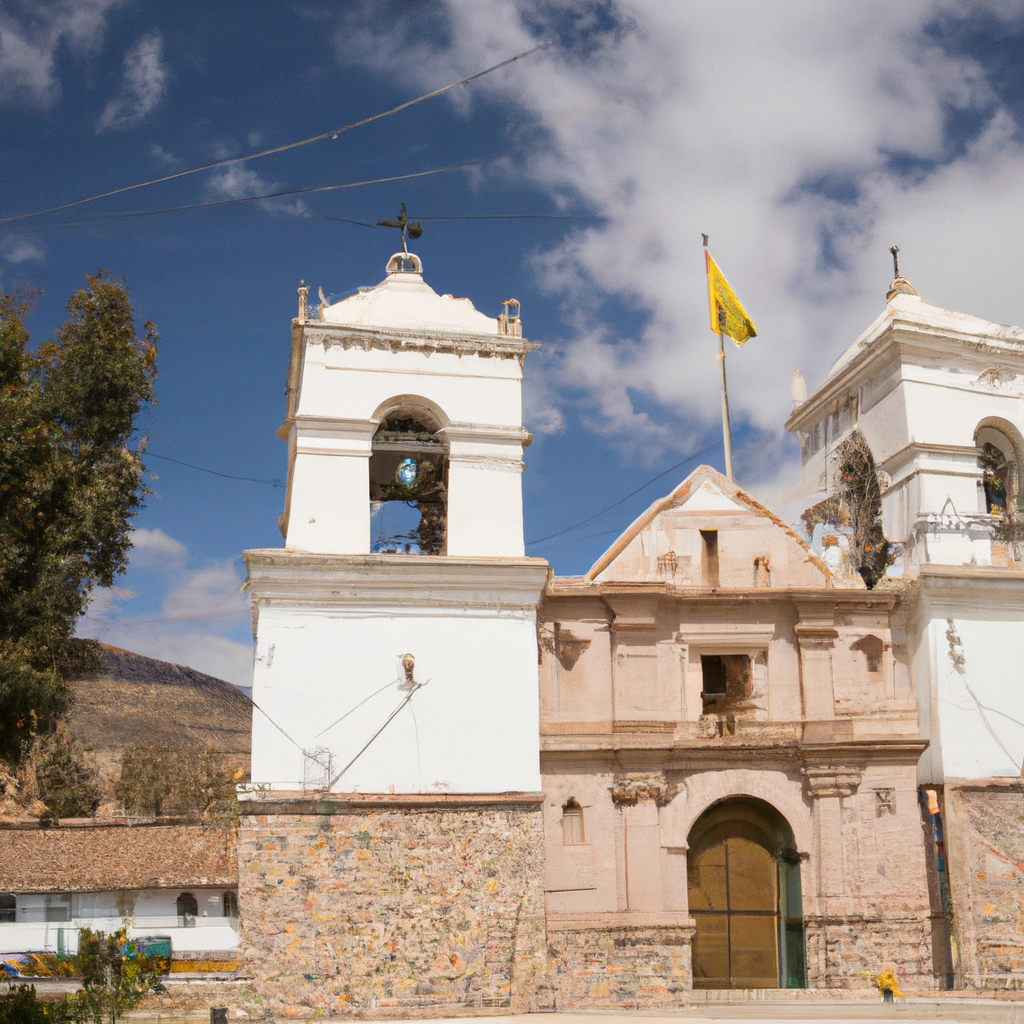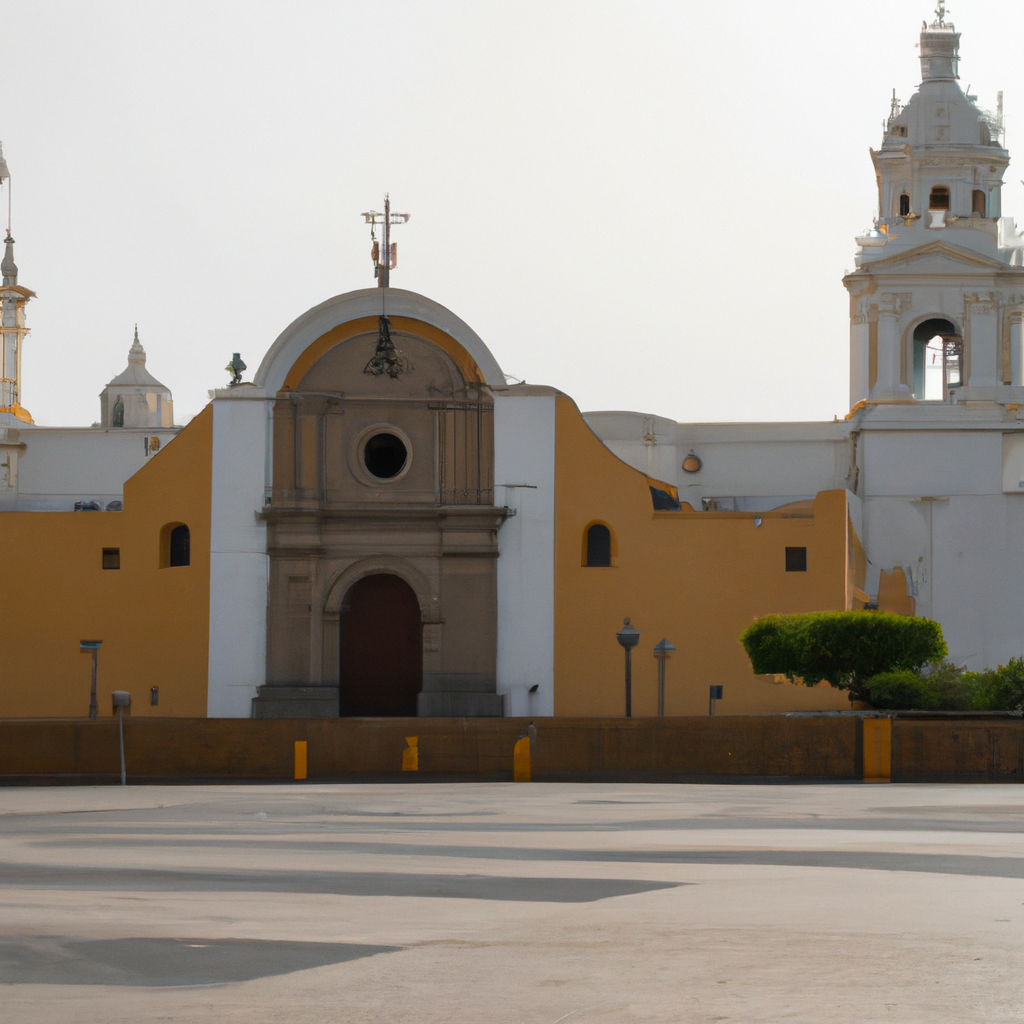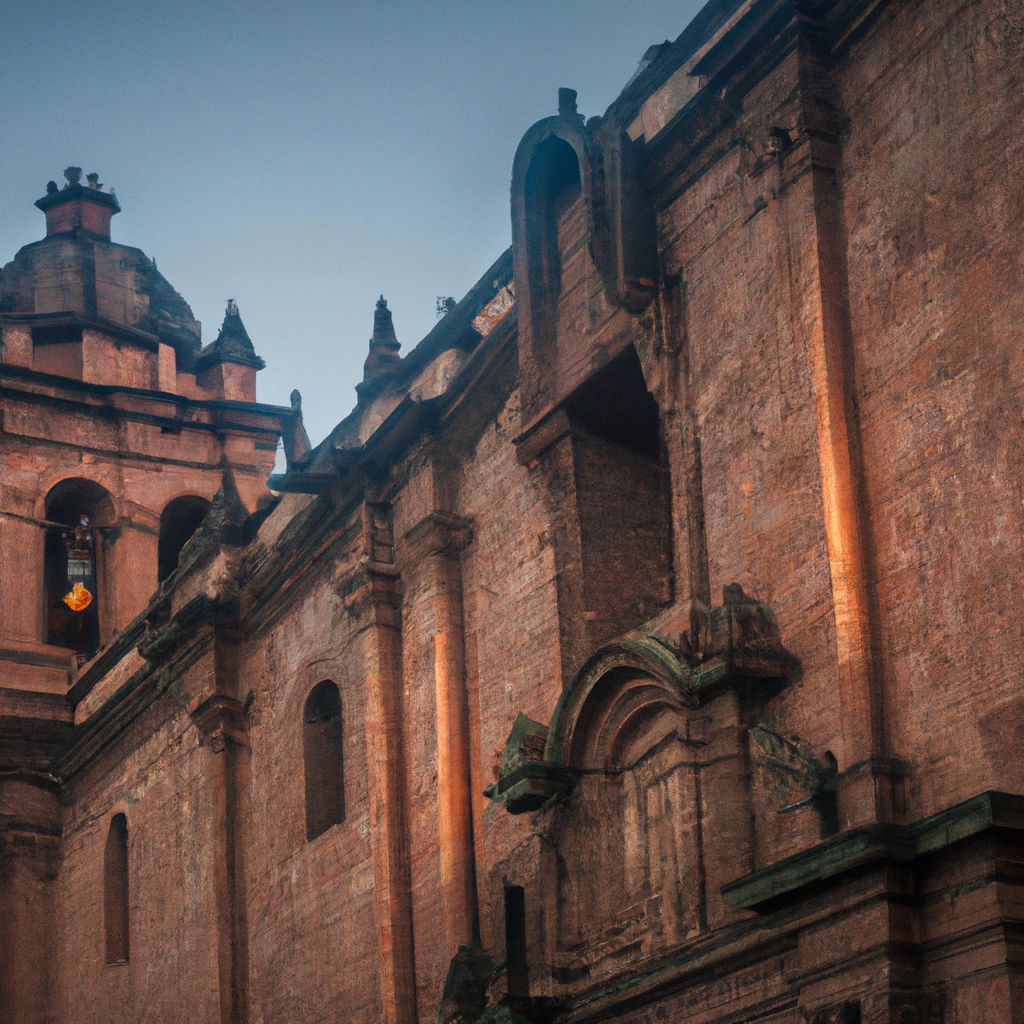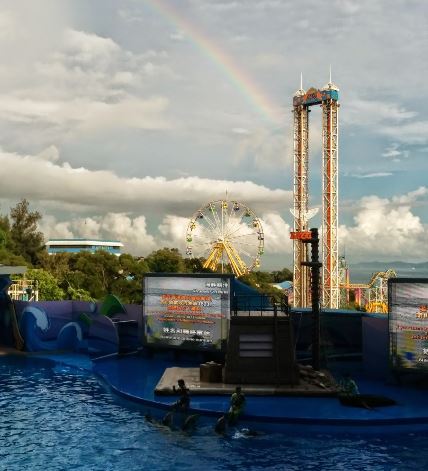Chullpas de Cutimbo in Puno In Peru: Overview,Prominent Features,History,Interesting facts
Overview:
Chullpas de Cutimbo is a cluster of funerary monuments located in Puno, Peru. The site is a stunning sight, composed of more than 850 disparate-looking piles of stones at the base of a small mountain. It is not known exactly why and how the chullpas were created, though they appear to be pre-Inca tombs. Due to the region’s dry climate and lack of plant growth, many of the structures remain relatively intact, with their age estimated to be between 500 and 1,500 years old. The site resembles an ancient citadel, surrounded by a crescent of chullpas, which seem to hold silent vigil over the desert landscape. From the central point of view, each individual chullpa appears to be in conversation with its neighbors, arranged in a vaguely concentric pattern. The taller the structure, the higher the status or rank of the deceased, and the more complex and elaborately detailed the structure. Some of the chullpas are adorned with sculptures of llamas, and the remains of the humans who were buried in the chullpas are said to still remain within their walls. It is one of the most beautiful monuments in Peru
Prominent Features:
1. Intricate Stonework: The stone walls of the chullpas at Cutimbo are intricately constructed using stones that have been carefully carved and fitted together. The level of craftsmanship is remarkable and has been dated to between 1250 and 1450 AD. 2. Burial Tombs: Inside the chullpas at Cutimbo are burial tombs, often enclosed around the circular inner walls. Inside the tombs, several funerary objects have been found, including ceramic pots and figurines. 3. Astronomical Significance: Cutimbo is believed to have been used by the ancient people of the Collao Plateau of Peru to keep track of astrological progresses, as evidenced by its precise astronomical alignment. 4. Unique Design: The chullpas at Cutimbo are distinct in that they contain an interior ring of stones that is circular in shape, with an outer ring of stones that is square in shape. This is unusual among similar monuments in the region. 5. Cultural Significance: The chullpas of Cutimbo reflect the beliefs and culture of the ancient Collao people, and are now an important archaeological site that provides clues about the beliefs and practices of the people who once inhabited the area. You can learn history, culture, and heritage through these magnificent monuments in Peru.
History:
The Chullpas de Cutimbo are a group of pre-Inca funerary monuments located in the western highlands of Peru. The site, located near Puno on the shore of Lake Titicaca, consists of 46 funerary towers of various sizes arranged into five concentric circles along the hillside. The puquios (funeral towers) are believed to have been built by the Lupaka culture between 1400 and 1200 BCE, during the Early Horizon of Peru. The towers are said to represent the highly stratified society of the Pre-Inca cultures, each tower displaying a unique architectural style. The site was likely used for funerary purposes, as many of the towers contain human remains and artifacts. In the 16th century, the Spanish colonizers arrived in the area and immediately began to build a Catholic church on top of the Chullpas de Cutimbo. Since then the site has remained relatively unknown and undisturbed, and it wasn’t until 1987 when the ruins were first studied and declared an archaeological site. Since then, teams of archaeologists have worked to restore the ruins and create a museum to preserve the site’s history. Today, the Chullpas de Cutimbo are one of the most important archaeological sites in Peru and a popular tourist attraction in Puno. Visitors can explore the ruins of the site and enjoy the stunning view of Lake Titicaca from the top of the hill. Visit one of the famous monuments of Peru with your friends and family.
Interesting facts:
1. The Chullpas de Cutimbo is a pre-Columbian funerary complex located near Puno in Peru. 2. The complex consists of 16 stone towers built in an oval shape, with a central “guardian” tower. 3. It dates back to the Incan period between 1150 and 131000AD. 4. The site is notable as one of the oldest examples of urban planning in the Andes. 5. The exact purpose of the towers is unknown, however, archaeologists believe they were used for religious ceremonies associated with the mummification of the dead. 6. The towers were built using a combination of quarrying and stone masonry techniques, and are typically between 4 to 6 meters in height. 7. They also have numerous carved geometric designs which are believed to represent attributes of the Incan pantheon. 8. The complex is situated in an area of great archeological importance and has been declared a National Cultural Heritage Site by the Peruvian government. One of the historical monuments of Peru, it tells the story of a bygone era
Explore Peru most popular tourist destination with us. Chullpas de Cutimbo in Puno In Peru: Overview,Prominent Features,History,Interesting facts,which is 35.14 km away from Peru main town, is the most popular destination to add in your travel wishlist.
-
City:
Peru
-
state:
Puno.
-
country:
Peru
-
country code:
PE
-
postcode:
21011
Location:
Puno. Peru
